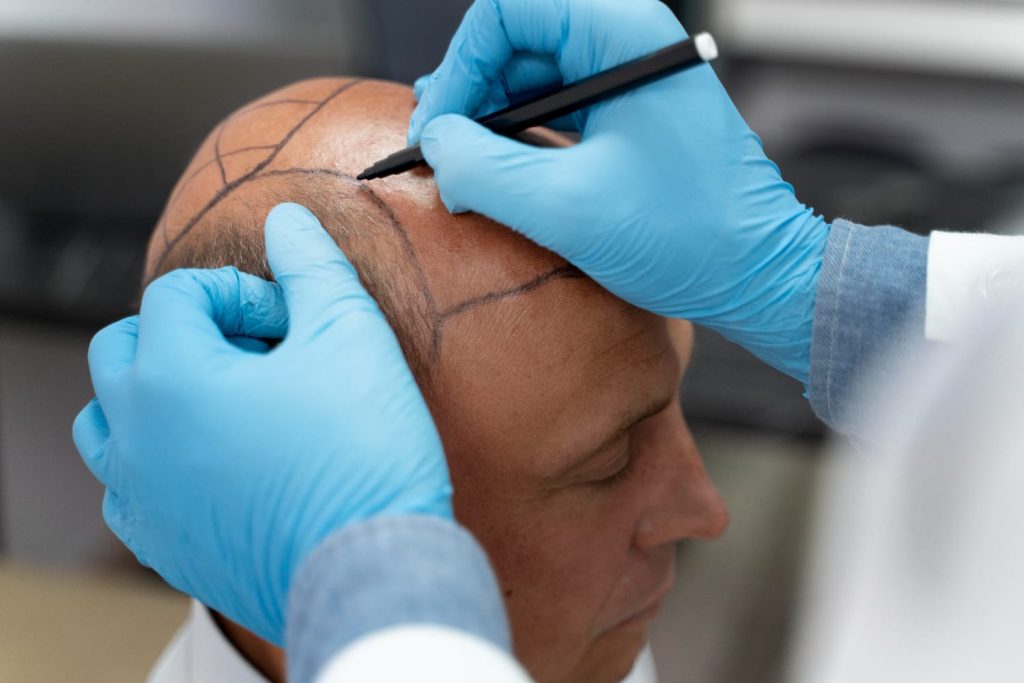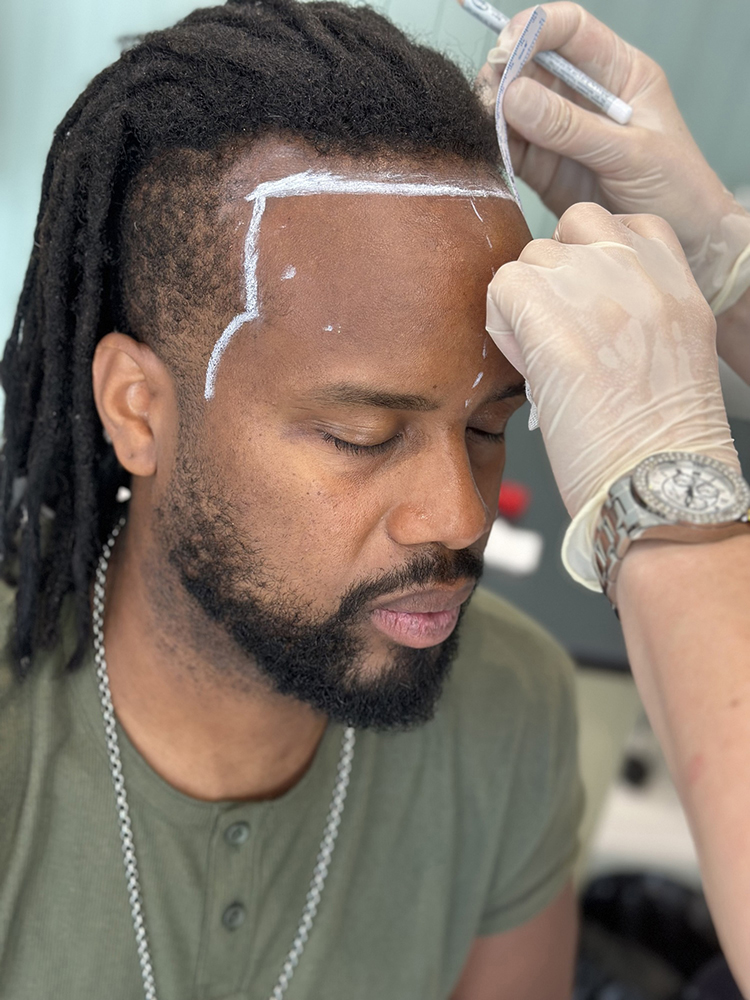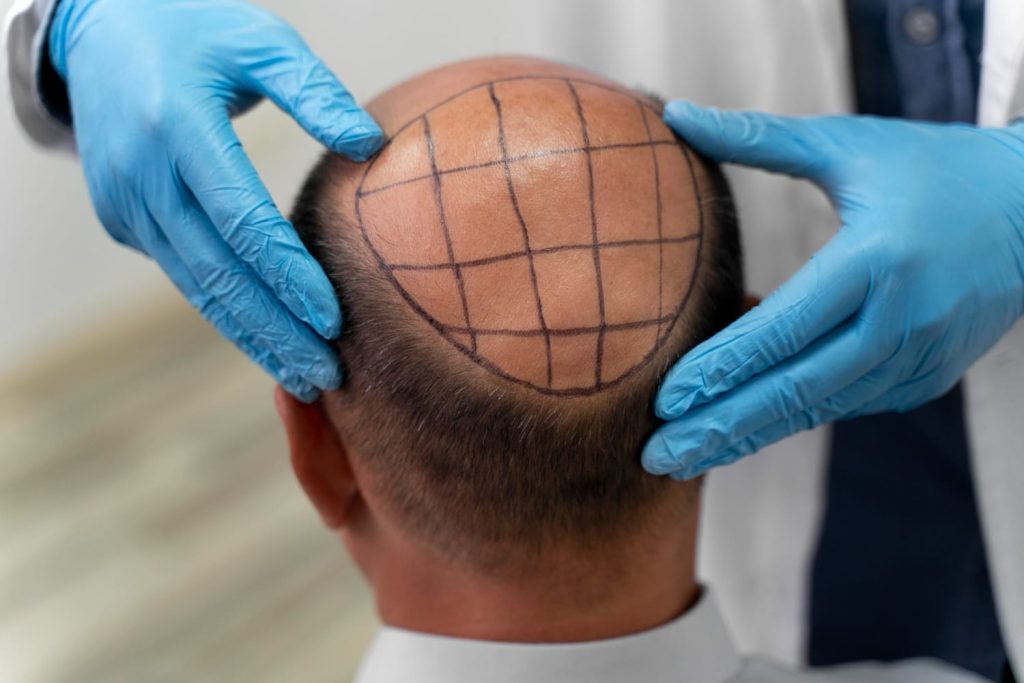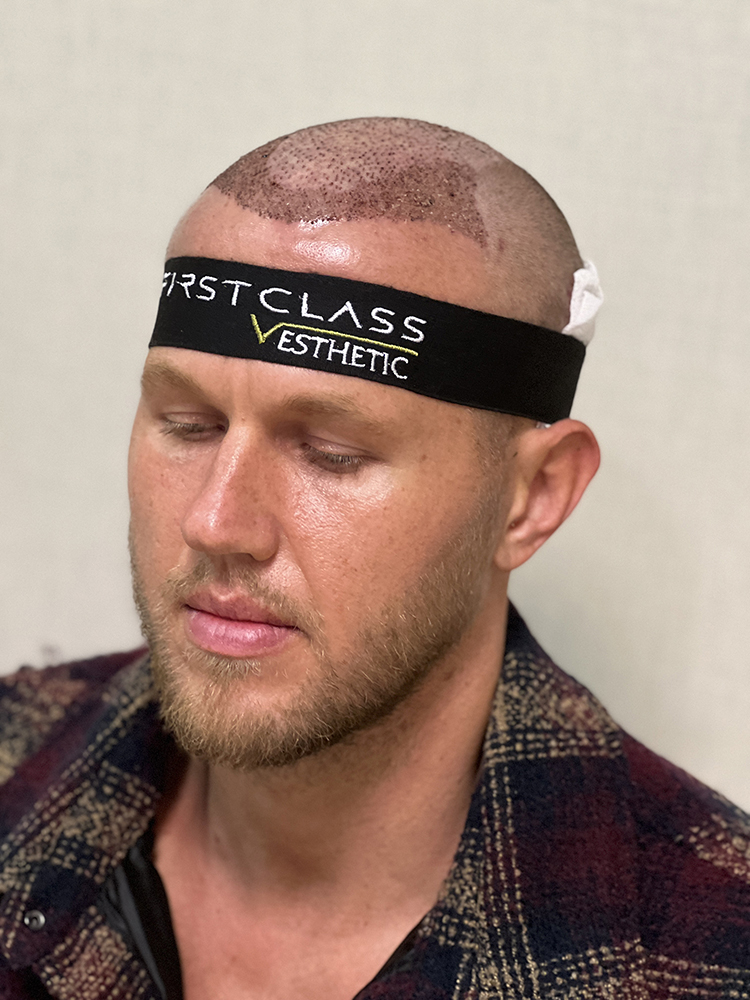What is Beard and Eyebrow Transplantation?
How is a Beard Transplant Done?
2. Graft Collection: Hair follicles are harvested from a donor area, such as the nape of the neck or behind the ears.
3. Transplantation Procedure: The harvested hair follicles are placed in the designated beard area using microneedles.
4. Healing Process: Mild redness and scabbing may occur after the procedure, but this will subside within a few days.
How is Eyebrow Transplantation Done?
2. Graft Collection: Hair follicles are harvested from the donor area.
3. Transplantation Procedure: Grafts are meticulously placed in line with the natural growth direction of the eyebrows.
4. Healing Process: The healing process is rapid, resulting in a natural appearance.
Who can have a beard and eyebrow transplant?
• Those who experience beard or eyebrow loss due to hormonal imbalances,
• Those who experience beard or eyebrow loss due to injuries or burns,
• Those who want to aesthetically change the appearance of their beards or eyebrows.
What Should You Pay Attention to Before and After Beard and Eyebrow Transplantation?
Before Transplantation:
• Reducing smoking and alcohol consumption is beneficial.
• Blood thinners should be discontinued under the supervision of a doctor.
• A detailed examination should be performed before the procedure.
After Transplantation:
• Care should be taken when washing the face for the first few days.
• Avoid direct sunlight and use the care products recommended by the doctor.
• Avoid touching the area if itching occurs.
Advantages of Beard and Eyebrow Transplantation
• It provides a natural and permanent appearance.
• It boosts self-confidence.
• Because it’s a minimally invasive procedure, recovery is quick.
• Custom designs can be made.
Beard and eyebrow transplants are an ideal solution for those seeking a natural and aesthetically pleasing appearance. Choosing the right clinic and having the procedure performed by a qualified doctor increases satisfaction. If you’d like to learn more about beard or eyebrow transplants, you can take the first step by consulting a specialist.












